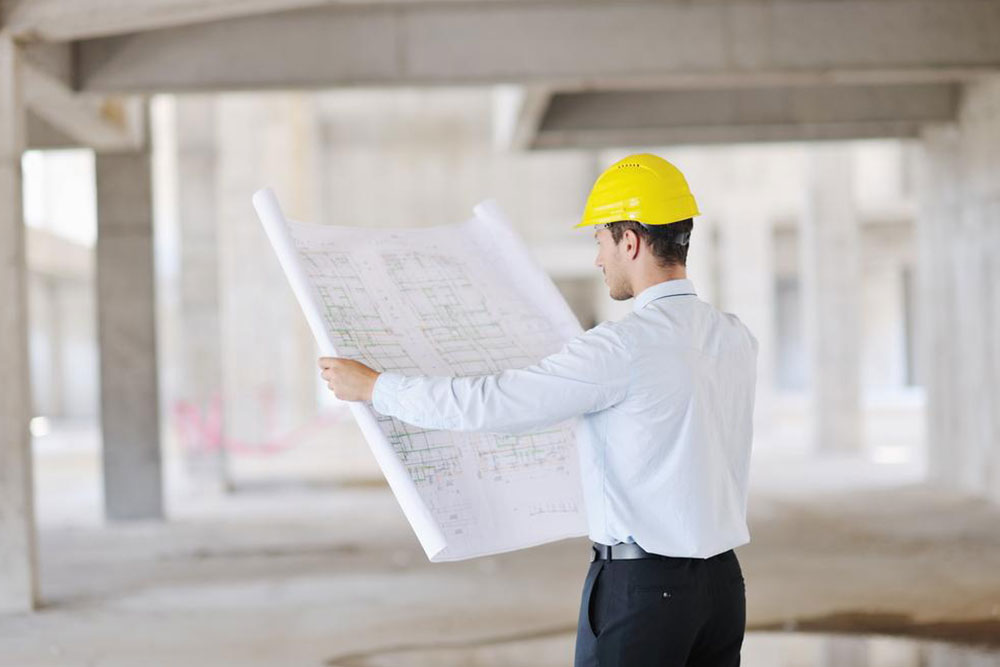Comprehensive Overview of the Construction and Maintenance Industry
This comprehensive article explores the multifaceted construction and maintenance industries, highlighting their crucial roles in infrastructure development and preservation. It covers various trades, maintenance strategies, and industry trends, emphasizing the importance of skilled professionals in ensuring structural integrity and longevity. An essential read for industry stakeholders, this piece details how construction and maintenance work hand-in-hand to support sustainable growth and reliable infrastructure around the world.

A Deep Dive into the Construction and Maintenance Industry
The construction sector has long been recognized as a cornerstone of economic development, infrastructure improvement, and employment generation worldwide. From constructing residential buildings, commercial complexes, and bridges to developing large-scale public projects, this industry constantly adapts to meet the evolving needs of societies and economies. Equally crucial, however, is the maintenance industry, which focuses on extending the lifespan of structures, ensuring safety, and maintaining optimal performance over time.
The construction industry involves a broad spectrum of activities including land clearing, site preparation, foundation laying, building erection, and finishing works. It also covers project planning, design, and management, which are vital for the successful completion of any construction project. Maintenance, on the other hand, is dedicated to preserving the integrity, safety, and functionality of built environments after their initial completion. It includes routine inspections, repairs, upgrades, and component replacements, transforming it into a vital sector that supports sustainable urban development and infrastructure resilience.
The maintenance industry encompasses a wide range of skilled trades and specialized professions. These include insulation specialists, masons, roofers, electricians, structural ironworkers, plumbers, tile installers, carpenters, stone masons, painters, and glaziers. Each plays a crucial role in preserving and enhancing infrastructure, ensuring structures remain safe, functional, and aesthetically pleasing.
The Role of Maintenance Engineering
Maintenance engineering is a discipline that applies scientific and engineering principles to ensure the efficient operation of machinery and facilities. As industries grow and infrastructure becomes more complex, the demand for highly skilled maintenance engineers continues to rise. These professionals are tasked with developing maintenance strategies, troubleshooting issues, and implementing upgrades that maximize equipment lifespan and operational efficiency.
Types of Maintenance Approaches
Preventive maintenance involves scheduled inspections and servicing designed to prevent unexpected failures before they occur. It includes activities such as lubrication, adjustments, and component replacements based on manufacturer recommendations or industry standards. Predictive maintenance goes a step further by using advanced monitoring tools and data analytics to anticipate equipment breakdowns, thereby enabling targeted interventions that minimize downtime and reduce costs. Reactive maintenance, in contrast, addresses issues only after failure has happened, often leading to increased repair costs and operational disruptions.
The construction and maintenance industries are intertwined, forming a comprehensive ecosystem that supports the development, longevity, and safety of our built environment. With continuous innovations in construction technology and maintenance practices, these sectors offer diverse opportunities for professionals and contribute significantly to economic growth and infrastructure sustainability.





